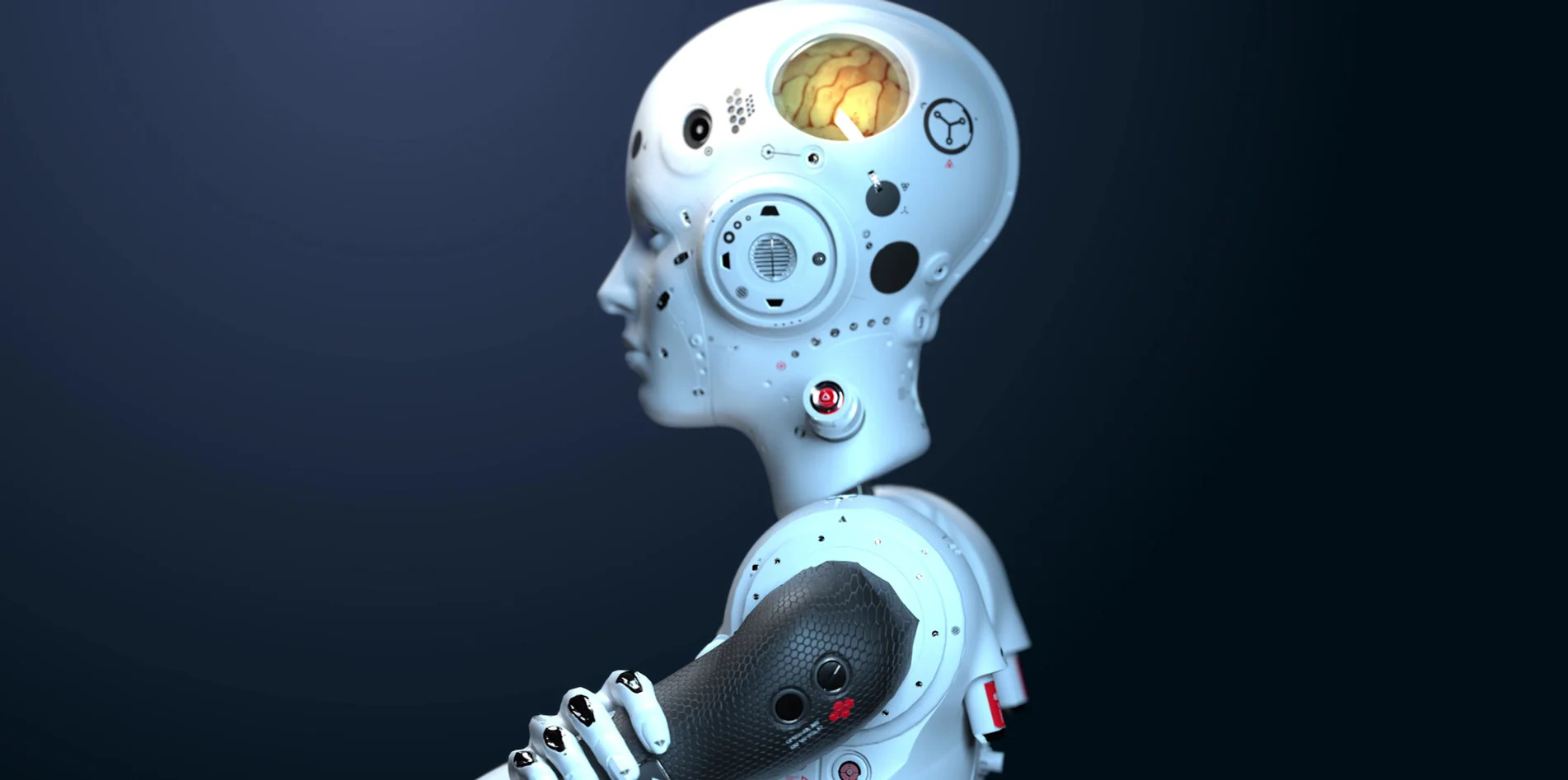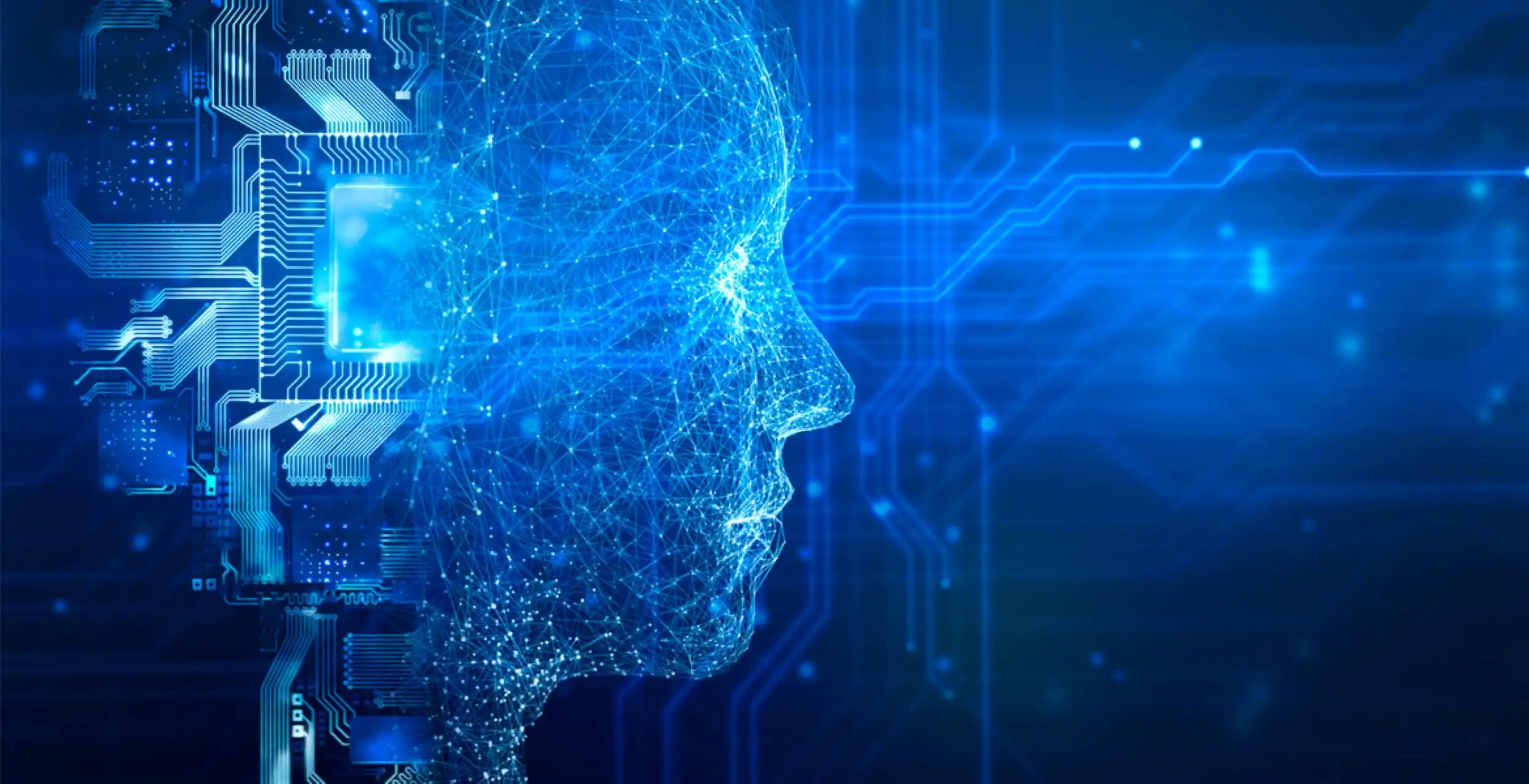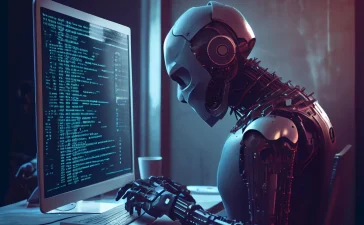Technology has always been a driving force behind human progress. From the invention of the wheel to the rise of artificial intelligence, it continuously transforms how we live, work, and interact with the world. In the 21st century, however, the pace of technological change has accelerated like never before, reshaping nearly every aspect of our lives — from communication and commerce to healthcare and education.
In this article, we explore how modern technology is revolutionizing key areas of society, the opportunities it creates, the challenges it presents, and what the future might hold.
1. The Digital Transformation of Everyday Life
Smart Devices and the Internet of Things (IoT)
Our homes, cars, and workplaces are becoming increasingly connected thanks to smart devices. The Internet of Things (IoT) allows everyday items — from refrigerators to thermostats to wearable fitness trackers — to collect and share data, enhancing convenience, efficiency, and user experience.
Smart homes can now be managed remotely, allowing users to control lighting, temperature, security systems, and even kitchen appliances through mobile apps or voice assistants like Alexa or Google Assistant.
Mobile and Cloud Computing
Smartphones and cloud services have put immense computing power in the palm of our hands. We no longer need bulky hardware or local storage to access documents, stream media, or collaborate on projects. Services like Google Drive, iCloud, and Dropbox have made digital workflows more flexible and accessible, especially in remote and hybrid work environments.

2. Technology in the Workplace: Automation and AI
Remote Work and Virtual Collaboration
The COVID-19 pandemic fast-tracked the shift toward remote work, and the tools that made it possible — Zoom, Microsoft Teams, Slack, and others — have become permanent fixtures. Companies have realized that productivity doesn’t require physical presence, and many are now embracing hybrid models supported by cloud-based project management and collaboration tools.
Artificial Intelligence and Machine Learning
AI is rapidly changing industries. From customer service chatbots to financial risk modeling and predictive maintenance in manufacturing, machine learning algorithms are improving efficiency and accuracy.
In fields like healthcare, AI helps diagnose diseases, analyze medical images, and even suggest treatments based on patient data. In retail, it powers personalized recommendations and automates inventory management.
Automation and the Future of Jobs
Automation, while improving productivity, is also transforming job roles. Repetitive tasks are increasingly handled by software or robots, shifting the focus of human work toward creativity, problem-solving, and interpersonal skills.
However, this also raises concerns about job displacement and the need for reskilling the workforce. As industries change, education and training must adapt to prepare people for new tech-driven careers.
3. Technology and Healthcare: Toward a Healthier Future
Telemedicine and Health Apps
One of the most promising developments in tech is its impact on healthcare. Telemedicine allows patients to consult with doctors remotely, improving access to care, especially in rural or underserved areas. Platforms like Teladoc and MDLIVE have seen significant growth.
Mobile apps now track everything from heart rate and sleep to mental health and fertility, empowering users to take more control of their well-being.
Wearables and Personalized Medicine
Devices like the Apple Watch or Fitbit provide real-time health data, encouraging healthier habits. More advanced wearables can monitor glucose levels, detect arrhythmias, and send alerts for abnormal patterns.
Meanwhile, genomics and data analytics are driving the rise of personalized medicine — treatments and wellness plans tailored to an individual’s genetic profile, lifestyle, and environment.
4. Education Reimagined Through Technology
E-Learning and Online Platforms
Education has been profoundly reshaped by technology. Platforms like Coursera, Udemy, and Khan Academy allow people to learn new skills from anywhere in the world — often at a fraction of the cost of traditional education.
Video conferencing, digital classrooms, and interactive tools have become essential for both K–12 and higher education. Technology is making learning more accessible, personalized, and lifelong.
Gamification and AI Tutors
Educational technology is also getting more interactive. Gamified learning apps and AI tutors can adapt to a student’s pace and learning style, making education more engaging and effective.
Virtual and augmented reality are being used in fields like medicine, history, and architecture to create immersive learning experiences.
5. E-Commerce and the Digital Economy
The Rise of Online Shopping
E-commerce has exploded in the past decade, with companies like Amazon, Shopify, and Alibaba transforming how we buy and sell goods. Mobile payment systems, digital wallets, and one-click purchases have made online shopping incredibly convenient.
Cryptocurrencies and Blockchain
Blockchain technology is introducing a new era of decentralized finance (DeFi). Cryptocurrencies like Bitcoin and Ethereum are challenging traditional banking models, while NFTs (non-fungible tokens) are reshaping digital ownership in art, music, and gaming.
Though still evolving, blockchain offers potential for transparency, security, and decentralization across industries.
6. Challenges and Ethical Considerations
As technology advances, it also presents new ethical and social challenges:
Privacy and Data Security
With so much of our personal information stored and shared online, data privacy is a growing concern. High-profile data breaches and scandals have raised questions about how companies collect, use, and protect consumer data.
Users are increasingly calling for greater transparency and regulation, and companies must prioritize cybersecurity and ethical data handling.
Digital Divide
Not everyone benefits equally from technological advances. The digital divide — the gap between those with access to technology and those without — is a major issue, particularly in low-income and rural communities. Bridging this divide is essential for equity in education, employment, and healthcare.
AI Bias and Accountability
AI systems can inherit or even amplify human biases if not properly designed and monitored. From hiring tools to law enforcement algorithms, biased AI can perpetuate discrimination. Ensuring fairness, accountability, and transparency in AI is a critical concern for developers and policymakers alike.
7. What the Future Holds
Emerging technologies like quantum computing, augmented reality (AR), virtual reality (VR), and brain-computer interfaces (BCIs) promise to push boundaries even further.

Imagine:
-
AR glasses overlaying digital information onto the real world
-
VR classrooms where students from across the globe can learn together
-
Quantum processors solving problems far beyond the capability of today’s computers
As we approach the era of Web 3.0 and the metaverse, our digital and physical worlds will become more intertwined than ever before.
Conclusion: Embracing the Digital Future Responsibly
Technology has become deeply embedded in our daily lives, offering countless benefits and opportunities. From healthcare and education to commerce and communication, it is transforming the fabric of society.
However, with great power comes great responsibility. As we innovate, we must also address the challenges of equity, ethics, and sustainability. That means creating inclusive technologies, protecting privacy, and ensuring that no one is left behind.
The future of technology is not just about what we can build — it’s about how we choose to use it. By embracing tech responsibly, we can create a more connected, empowered, and innovative world for everyone.





